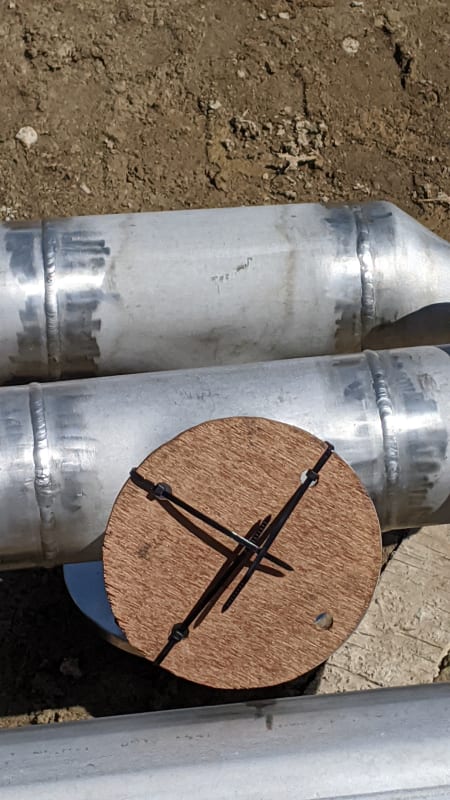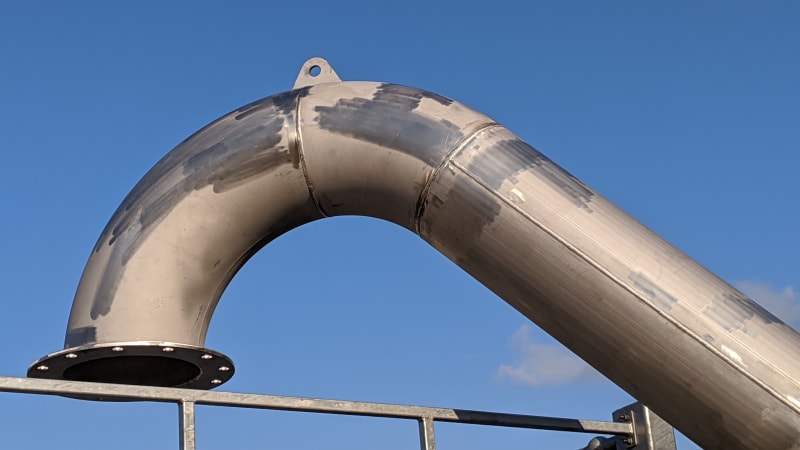Good_Guy
Civil/Environmental
- May 6, 2019
- 28
Hi all
Attached here are 3 photos of stainless steel pipe (workshop fabricated) that have arrived on site. There appears to be from grinding areas(shiny)
Can anybody advise me for acceptance. What defects should i be looking out for?
Whether passivation has been carried out and how would I know that?
Thank you all



Attached here are 3 photos of stainless steel pipe (workshop fabricated) that have arrived on site. There appears to be from grinding areas(shiny)
Can anybody advise me for acceptance. What defects should i be looking out for?
Whether passivation has been carried out and how would I know that?
Thank you all




![[smile] [smile] [smile]](/data/assets/smilies/smile.gif)